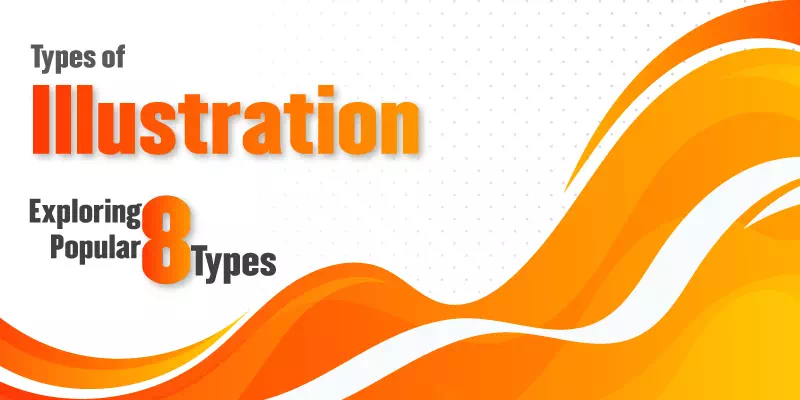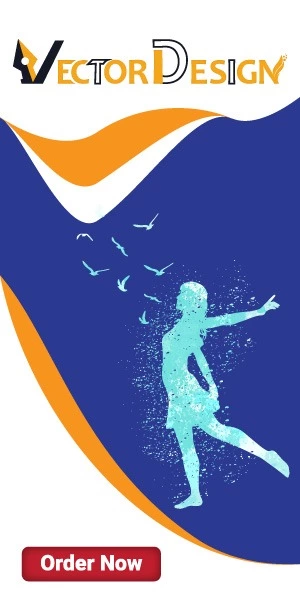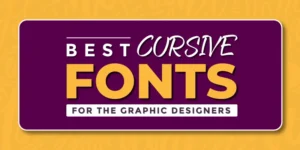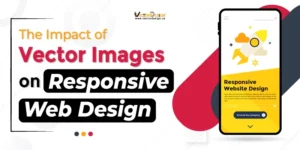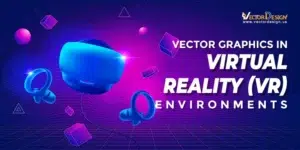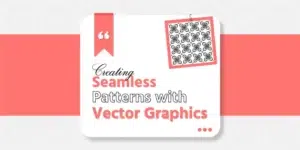In today’s visually-driven world, illustration has become a prerequisite part of our daily lives. It captures our awareness. It encourages our creativity. Illustrations have the power to raise emotions. They convey messages and transport to delightful realms. They appear in children’s books. Also, they appear in eye-catching advertisements. But many may not realize: the field of illustration is as diverse as an artist’s palette.
Well! We invite you to pursue a captivating journey. You will learn different types of illustration. Prepare for a plethora of designs and procedures. Captivate your audience. Each has its own charm and aesthetic flair. It’s for aspiring artists seeking inspiration. It’s also for curious souls. They are eager to learn about visual storytelling.
1. Traditional Illustration
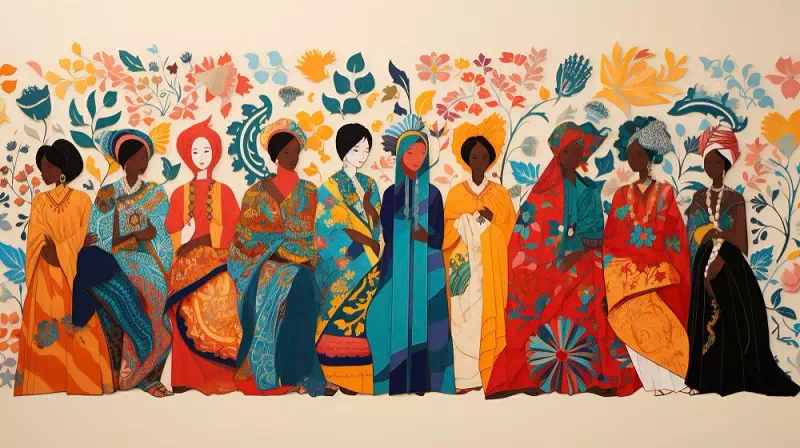
Traditional illustration is a cherished art form. It embodies tactile creativity and time-honored craftsmanship. They create mesmerizing visuals. Their hands dance across the canvas, paper, or surface. And, they craft intricate details with each stroke. Also, they add delicate shading.
Pencil and Pen Drawings
Pencil drawings are delicate and precise. They exhibit an intricate play of light and shadow. Also, the drawings capture intricate details and textures. They do so with remarkable finesse. The monochromatic elegance of pen drawings. Yet, it combines clean lines. It also uses cross-hatching techniques. This creates bold and striking illustrations. The illustrations stand the test of time.
Charcoal and Pastel Sketches
Charcoal sketches have an evocative quality. The smoky textures and rich tonal range convey a sense of drama and depth. Pastel sketches, but, dazzle with vibrant colors and soft, velvety textures. They are well-suited to expressive illustrations. They are also well-suited to impressionistic illustrations.
Watercolor Illustrations
Watercolor illustrations enchant with their ethereal translucency. They have delicate washes of color. They also use subtle blending techniques. Besides, this medium allows artists to create dreamlike scenes. They evoke emotions with gentle brushstrokes. They infuse their creations with a sense of whimsy and fluidity.
Oil and Acrylic Paintings
Oil paintings exude a timeless quality. They have rich pigments and lustrous finishes. Well! As oil paint dries slowly. This allows artists to achieve remarkable depth and detail. This results in sumptuous and realistic illustrations. Acrylic paintings offer versatility and quick-drying properties. This allows for vibrant, bold, and expressive artworks.
Woodcut and Linocut Illustrations
Woodcut and linocut illustrations show the beauty of relief printing. Artists carve intricate designs onto wooden blocks. They also carve them onto linoleum sheets. They apply ink to the raised surfaces. It produces bold, graphic illustrations. The texture and organic qualities of the materials lend a unique aesthetic to these prints.
Etching and Engraving
Etching and engraving involve incising intricate designs onto metal plates. You can etch the designs. The plates are then inked and transferred to paper. Well! This meticulous process allows for detailed illustrations. The lines are very fine. It also creates a characteristic depth. Etchings and engravings often have a vintage charm. Book illustrations and fine art prints use them.
2. Digital Illustration

Digital illustration has emerged as a dynamic and adaptable medium thanks to technology. This has opened up new avenues for creativity. It has also opened up new avenues for artistic expression. Artists can use digital software and tools. They can create stunning visuals. They can achieve adaptability and limitless possibilities.
Vector Illustration
Mathematical equations form the basis of vector graphics. They use lines, curves, and shapes defined by anchor points. Vector graphics maintain their quality and sharpness at any size. Unlike raster graphics. This makes them ideal for illustrations that need to be scalable. Vector illustrations have clean lines and crisp edges. You can also edit and manipulate them.
Raster Illustration
Pixels arranged in a grid compose raster graphics. They are also known as bitmap graphics. Each pixel contains color information. This contributes to the image. And, they are ideal for realistic or textured artworks. Yet, scaling raster images can result in a loss of quality.
3. Editorial Illustration

Editorial illustration is a captivating form of visual storytelling. It plays a crucial role in conveying complex ideas. It amplifies narratives. Besides, it engages audiences in a thought-provoking manner.
Political and Social Commentary
Editorial illustration serves as a compelling tool for political and social commentary. It allows artists to convey nuanced perspectives. They can challenge prevailing ideologies. These illustrations use evocative imagery and symbolism. Besides, they shed light on pressing issues. Also, they provoke discourse, and inspire change. Furthermore, editorial illustrations ignite conversations. They also call for action.
Magazine and Newspaper Illustrations
Illustrations in magazines and newspapers enhance editorial content. They transform articles into immersive experiences. Illustrations add depth, humor, and visual interest to feature stories and opinion pieces. They capture the essence of the written word. Also, they enhance readers’ engagement. Besides, they can take various forms. It creates a harmonious blend of text and imagery. This blend resonates with readers.
Book Covers and Inside Illustrations
Book covers are often the first point of contact between readers and a story. Making editorial illustrations for covers is a vital aspect of the publishing world. These illustrations serve as a visual gateway. They also set the tone for the narrative within. Inside illustrations further enhance the reading experience. Too, they interpret the author’s words. This fosters a deeper connection with the story.
4. Commercial Illustration

Commercial illustration merges artistry and marketing strategies. Businesses can use it to communicate their brand messages. It also captivates consumers. It creates visual identities that leave a lasting impression.
Product Illustrations
Product illustrations showcase goods and services in a compelling manner. They highlight features, benefits, and unique selling points. Besides, these illustrations can vary from realistic to stylized and conceptual. They capture the essence of the product. This entices consumers to explore further.
Fashion and Beauty Illustrations
Fashion and beauty illustrations celebrate the elegance, style, and allure of these industries. They bring fashion designs to life. They showcase garments, accessories, and cosmetics. Also, they can be whimsical and stylized. It captures the essence of trends and conveys emotions. Also, it inspires consumers to explore the world of fashion and beauty.
5. Children’s Book Illustration
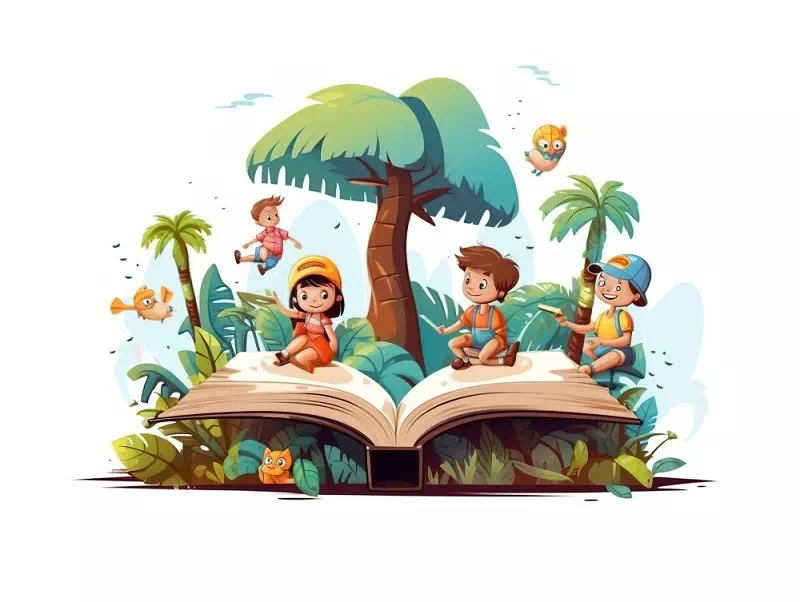
Children’s book illustration is whimsical and enchanting. It brings stories to life. And, it captivates young readers. Besides, it fosters their love for literature. And, this sparks the imagination. Thus, it leaves a lasting impression on young minds.
Character Design and Development
Character design is a crucial aspect of children’s book illustration. It shapes the readers’ connection with the story and its protagonists. Artists craft lovable and relatable characters. Illustrators breathe life into these characters. They do it through thoughtful design and development. This makes them endearing companions for young readers.
Storytelling through Illustrations
The illustrations in children’s books play a crucial role in telling the story. They support the written words and engage young readers. Illustrators need to consider the pacing, composition, and visual cues. This helps readers follow the story’s progression. Young readers are enticed into vibrant and imaginative worlds by the illustrations. The illustrations capture key moments, emotions, and locations.
6. Scientific and Medical Illustration

Scientific and medical illustration is a specialized form of visual communication. It bridges the gap between complex scientific concepts. And, it makes them accessible and easy to understand. This unique field encompasses various aspects. It includes anatomical and biological illustrations, medical textbook and journal illustrations. Also, it covers infographics and visual explanations.
Anatomical and Biological Illustrations
Anatomical and biological illustrations provide a detailed and accurate representation of the human body, organs, tissues, and biological processes. These illustrations need a deep understanding of anatomy, physiology, and scientific principles. Artists in this field use their expertise to create stunning and accurate illustrations. These illustrations explain complex structures. They help with medical education. Also, they aid research and help patients understand.
Medical Textbook and Journal Illustrations
Medical textbooks and journals often rely on illustrations. They use them to enhance the comprehension of complex medical concepts. Artists in this domain collaborate with medical professionals and researchers. It contributes to the educational advancement of healthcare practitioners and researchers.
7. Conceptual Illustration
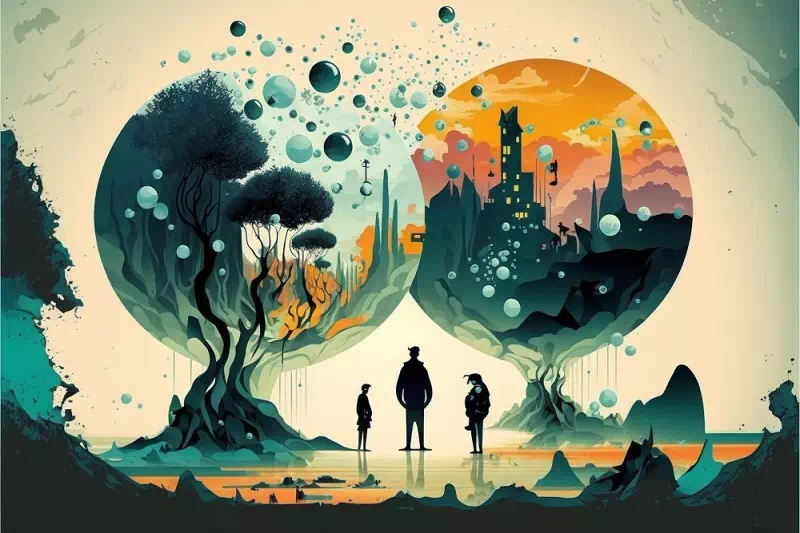
Conceptual illustration is a fascinating genre of illustration. It delves into the realm of ideas, emotions, and visual metaphors. This pushes the boundaries of imagination. It invites viewers to interpret the artwork on a deeper level.
Abstract and Surreal Illustrations
Abstract and surreal illustrations in conceptual art defy conventional representation. They rely on visual elements, shapes, colors, and composition to convey meaning. Besides, they use these elements to evoke emotions. These types of illustration often delve into the subconscious. Abstract illustrations challenge viewers. They must interpret the artwork. It works based on their personal experiences and emotions.
8. Sequential Art and Comics
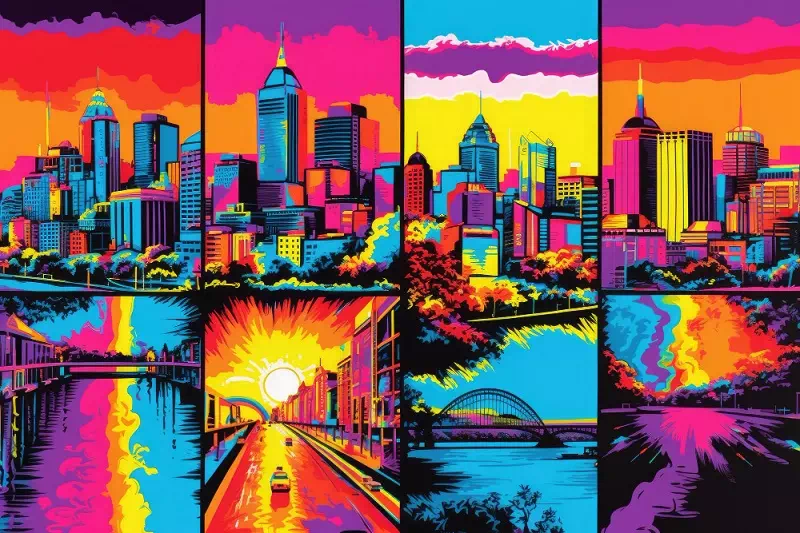
Sequential art and comics are dynamic and fascinating mediums. They merge visual storytelling, sequential narrative, and text to create interactive and appealing experiences. They incorporate various forms. It includes graphic novels, comic books, and webcomics.
Graphic Novels and Comic Books
Graphic novels and comic books are narrative-driven works. They use sequential art to tell stories. They encompass a wide range of genres and themes. Graphic novels and comic books showcase the power of visual storytelling. They cover superhero adventures and personal memoirs. Artists in this field craft compelling characters. They create a unique fusion of text and visuals that captivate readers and leave a lasting impact.
Storyboarding and Panel Layouts
Storyboarding is an essential process in sequential art. It lays out the visual narrative in a series of panels. Artists plan the composition, pacing, and sequence of events, ensuring a seamless flow of the story. Panel layouts dictate the arrangement and size of each panel. They guide readers’ eyes and emphasize key moments. It creates a rhythm that drives the narrative forward and enhances the reader’s engagement.
Balancing Text and Illustrations
In sequential art, the relationship between text and illustrations is crucial. Balancing the two elements is essential for effective storytelling. Artists integrate text within the panels. It uses dialogue, narration, and sound effects to enhance the visuals. We choose the placement, size, and style of the text to maintain a seamless flow and readability. It allows readers to immerse themselves in the story. They can appreciate the illustrations at the same time.
Types of Illustration– To Conclude
The world of illustration is vibrant and diverse. It includes various types and styles. They cater to different intents and audiences. We surveyed some key and popular types of illustrations. These include traditional, digital, editorial, and commercial illustrations. Each category offers unique opportunities for artists.
We encourage aspiring illustrators to embrace exploration and experimentation. Artists can uncover their unique styles and voice by pushing boundaries and seeking inspiration from diverse sources.


